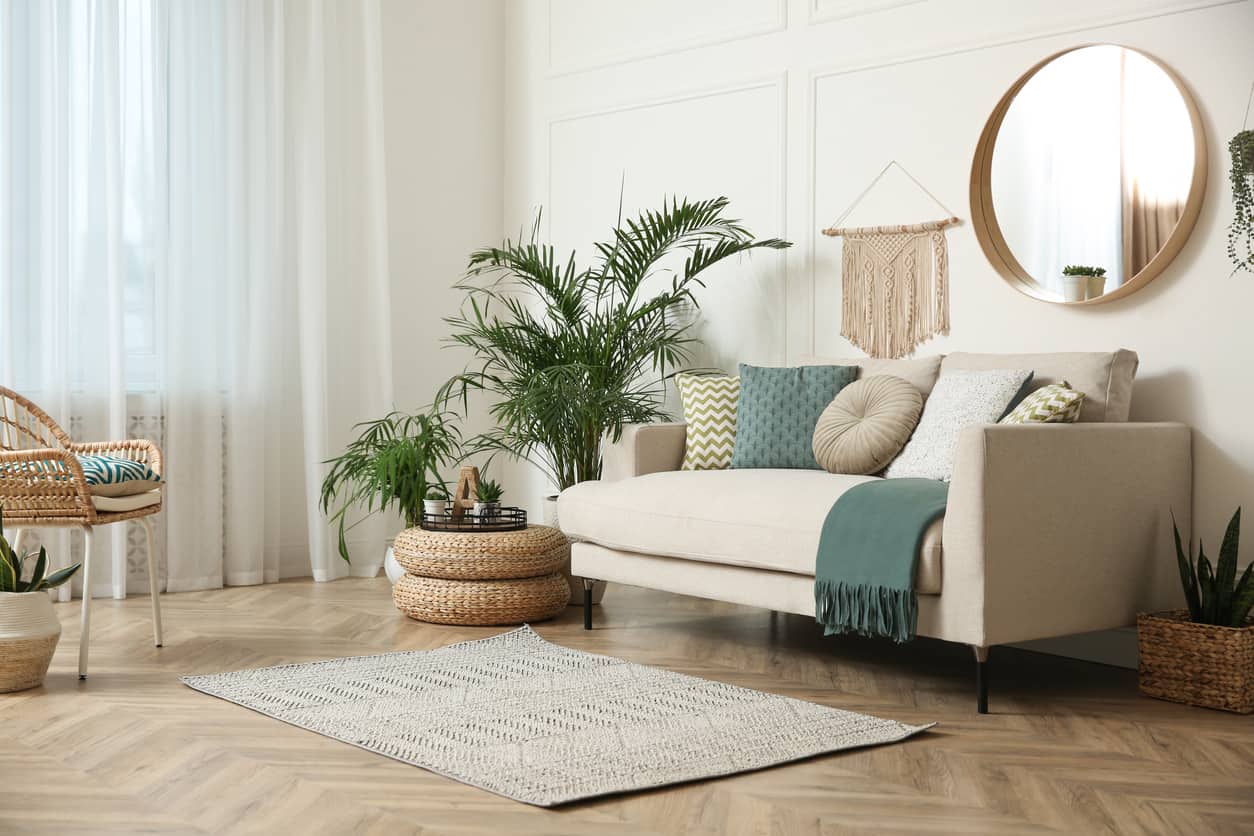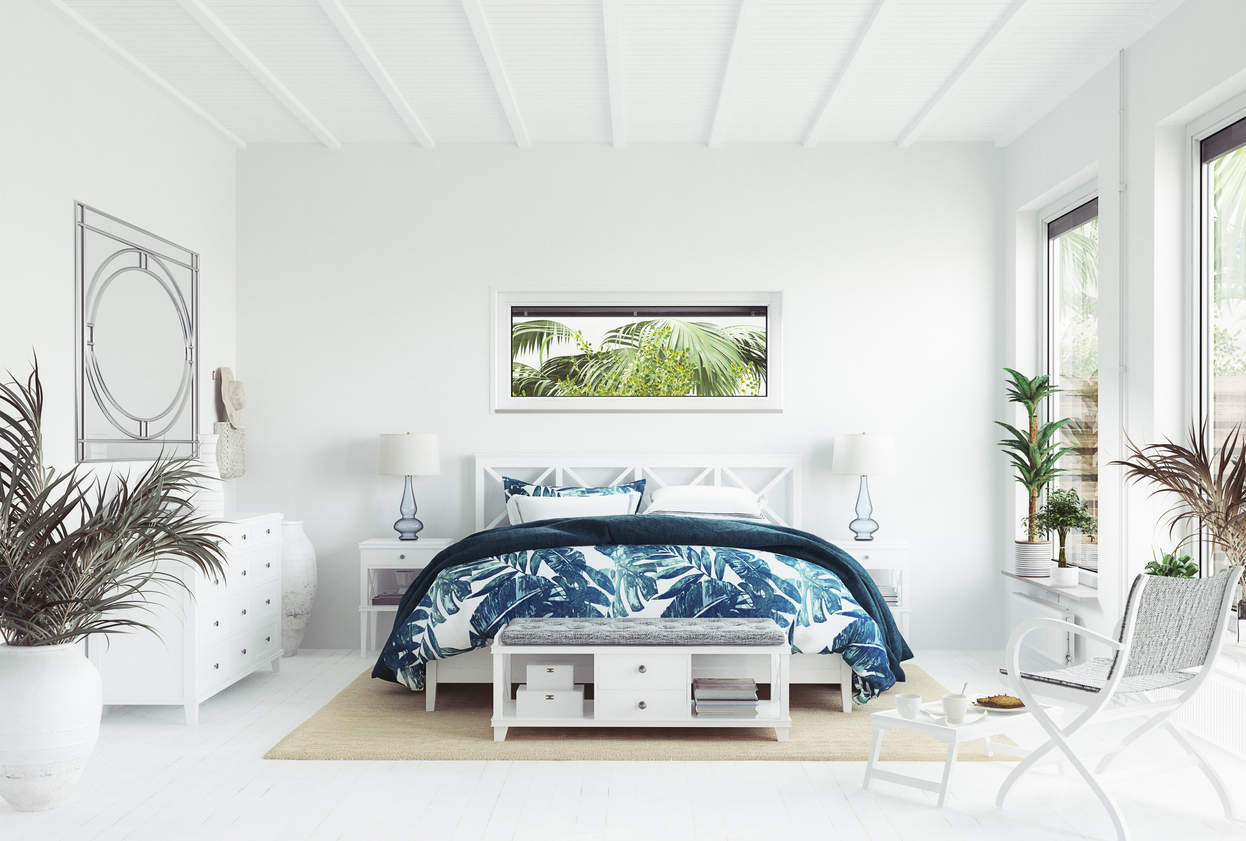Interior painting can be an exciting project, transforming your space with a fresh, new look. However, a common question that puzzles many is “How long does paint take to dry?”
This blog post is packed with essential knowledge that will prove valuable to you, whether you’re a DIY enthusiast or planning a professional painting project. You’ll discover not just the science behind paint drying but also practical tips to ensure flawless results.
By understanding factors like humidity, temperature, and paint types, you’ll be equipped to tackle any painting task with confidence. This post is more than just a guide; it’s your roadmap to achieving a perfect, long-lasting finish in your painting endeavors, ensuring that your time and effort yield the most beautiful and enduring results. So, read on to transform your painting projects from good to great!
How Long Does Paint Take to Dry?

Understanding Paint Types
Water-Based Paints
Water-based paints offer a quick and efficient drying solution, ideal for those on a tight schedule. Typically, these paints become touch-dry astonishingly fast, usually within an hour, making them a favorite for quick home makeovers. They’re not just time-savers; they also produce less odor and are easier to clean up, adding to their appeal for indoor projects. This rapid drying feature allows for quicker recoating, accelerating the overall painting process, and leading to a smoother, hassle-free experience.
Oil-Based Paints
Oil-Based Paints, known for their durability and rich finish, require a bit more patience. Typically, they take longer to dry, with a standard touch-dry time ranging from six to eight hours. This slower drying process allows for a smoother, more leveled finish, ideal for surfaces needing a robust, long-lasting coat. The extended paint drying time also provides ample opportunity for the paint to develop a deep, lustrous sheen, making it perfect for high-impact areas that demand a touch of elegance and endurance.
Factors Influencing Drying Time
Humidity
High humidity levels in the air slow down the drying time of paint. This is because the moist air provides less room for the water in the paint to evaporate. In environments with high humidity, such as during rainy seasons or in damp locations, paint takes longer to dry and cure. It’s crucial to consider the humidity levels when planning your painting project, as it can impact both the process and the finish.
Temperature
Temperature is another critical factor affecting paint drying. Warmer temperatures generally speed up the drying process. The heat helps to evaporate the water or solvents in the paint more quickly, leading to faster drying. On the other hand, cooler temperatures can significantly slow down this process. It’s important to paint in the recommended temperature range, usually indicated on the paint can, to ensure optimal drying and avoid issues like uneven texture or extended drying times.
Ventilation
Good airflow helps to carry away the moisture or solvents from the paint surface, aiding in quicker drying. This is particularly important for interior painting jobs. Ensuring proper ventilation, such as opening windows or using fans, can help to speed up the drying process and also dissipate fumes, making the environment safer and more comfortable to work in.
Paint Thickness
Paint thickness is a key determinant in how long paint takes to dry. Thicker layers of paint take longer to dry because there’s more material that needs to undergo the drying process. It’s tempting to apply a thick coat to cover imperfections or to try to get the job done in fewer coats. However, this can lead to longer drying times and potential issues like drips or uneven texture. Applying paint in thinner, even layers is advisable for a smoother finish and more efficient drying time.
Realistic Timeframes for Paint Drying
Here’s a table you can refer to quickly when you need a reliable guide for drying times, ensuring your work’s quality and longevity.
| Paint Type | Touch-Dry | Recoat Time | Fully Cured |
|---|---|---|---|
| Water-Based Paints | About 1 hour | Wait 2-4 hours | Approximately 1-2 weeks |
| Oil-Based Paints | 6-8 hours | 24 hours recommended | Up to a month |
Tips for Speeding Up Paint Drying Time
Use Fans
Using fans is an effective strategy to speed up paint drying time. By increasing airflow, fans help to disperse the moisture or solvents in the paint into the air more quickly. This constant movement of air accelerates the evaporation process, reducing the overall drying time. It’s particularly useful in rooms with limited natural airflow. Positioning fans strategically around the room, ensuring they don’t blow directly onto the wet paint (which can cause uneven drying), can lead to a more efficient and even drying process.
Control Humidity
Controlling humidity is key in managing paint drying times, especially in damp conditions. Using a dehumidifier can really help. By reducing the moisture level in the air, a dehumidifier makes the environment more conducive to faster paint drying. This is particularly important in humid climates or during wet seasons. A dehumidifier can be a valuable tool in maintaining an optimal painting environment, ensuring that your paint dries quicker and more uniformly.
Apply Thin Coats
Thinner layers of paint dry significantly faster than thicker ones because there’s less material to dry. This method requires a bit more patience, as you might need multiple coats to achieve the desired opacity and coverage. However, this approach ensures quicker drying times between coats, allowing you to complete your painting project more efficiently. It also helps in avoiding issues like drips or sagging that are common with thicker coats.
Choose the Right Time
Painting on dry, warm days can significantly enhance the drying process. Warm temperatures aid in faster evaporation of the moisture or solvents in the paint, while low humidity levels prevent excess moisture from slowing down the drying. It’s advisable to check weather forecasts before starting an exterior painting project, but this tip is also beneficial for interior painting, especially when you can control the indoor climate. By choosing the right conditions, you can ensure a smoother, faster, and more effective painting process.

Common Mistakes to Avoid
Rushing the Process
Rushing the painting process can often lead to undesirable results, making it crucial to allow proper drying time for each coat of paint. When paint is not given enough time to dry, it can lead to smudging, uneven color, and a lack of durability. Additionally, subsequent coats of paint may not adhere properly, causing peeling or blistering over time. Patience is key in painting; ensuring each layer is thoroughly dry before applying the next will result in a more professional and lasting finish. Remember, good things take time, and this is especially true in achieving the perfect paint job.
Thick Coats
Applying thick coats of paint might seem like a good way to save time and effort, but it’s a common mistake that can lead to several problems. Thick layers of paint take longer to dry, are more prone to running or dripping, and can result in an uneven or textured finish. Instead, it’s better to apply multiple thin coats. This approach not only dries faster but also provides a smoother, more uniform appearance and better coverage. Thin coats are also less likely to crack or peel over time, ensuring a more durable and aesthetically pleasing finish.
Poor Ventilation
Ensuring good ventilation in the painting area is essential for a number of reasons. Adequate airflow helps to speed up the drying process of the paint by allowing the solvents to evaporate more quickly. It also plays a crucial role in maintaining a safe environment, as it helps to dissipate potentially harmful fumes, especially when working with oil-based paints.
Opening windows, using fans, or painting at a time of day when natural airflow is at its peak can significantly improve the overall painting experience.
Conclusion
Mastering the drying times of paint is more than just a step in your painting project—it’s the secret sauce for stunning, long-lasting results. Rushing? It’s tempting, sure, but slowing down is where the magic happens. Whether you’re working with the quick-drying charm of water-based paints or the enduring elegance of oil-based ones, knowing your way around drying times is crucial.
Plan well and let patience lead the way to a finish that’s not just good, but breathtakingly great. Remember, in the world of painting, the best things truly do come to those who wait.
When it comes to transforming your space with paint, choosing the right experts can make all the difference. Alvarez Painting, with their blend of expertise, precision, and commitment to quality, stands out as a top choice.
With years of experience and fueled by a passion for perfection, our team ensures your painting project is in the best hands. Using high-quality materials and adhering to the highest standards, we bring your vision to life with colors that speak and finishes that last.
Don’t just dream about the perfect space; make it a reality. Reach out to Alvarez Painting for a seamless, professional experience that exceeds your expectations. Call us today at 919-444-8997 for a free consultation.


